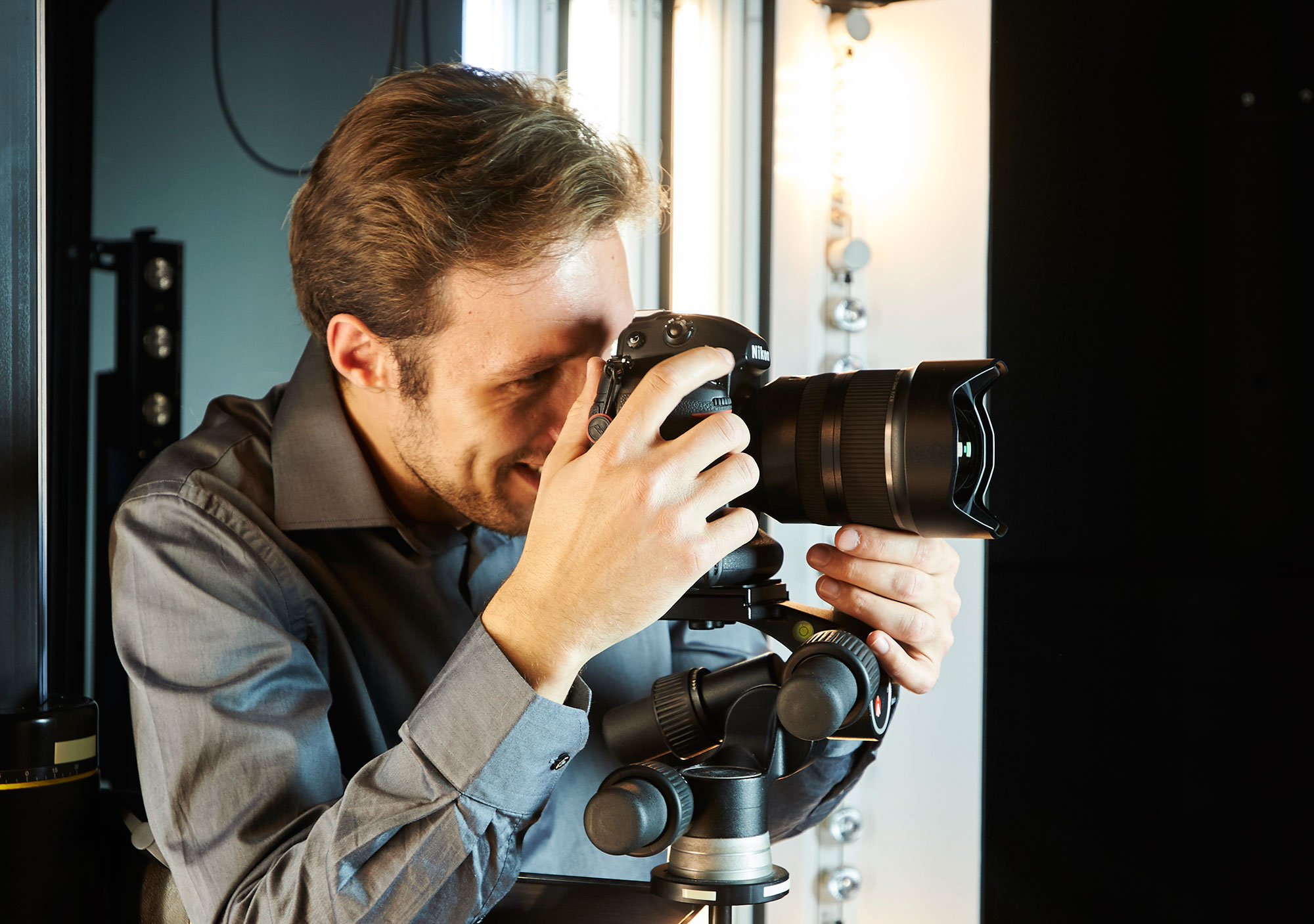sid_19911991
Well-known member
Hi folks,
I have no idea on how the sharpness ratings are awarded to different lens & camera body combos.
I would like to get a general non-technical idea on how to interpret the numbers.
For instance -
The D800E paired with Nikon AF-S NIKKOR 300mm f/2.8G ED VR II scores 33-P Mpix sharpness rating
while a D500 with the same lens scores a measly 14-Mpix.
Do refer to the link below for the details. One can toggle between different lens & body combinations.
https://www.dxomark.com/Lenses/Niko...0mm-F28G-ED-VR-II-mounted-on-Nikon-D500__1061
Does it mean, telephoto primes produce significantly sharper results when paired Full frame bodies as opposed to when used with crop sensor bodies? I am confused.
I would appreciate your opinion about it. Thanks.
I have no idea on how the sharpness ratings are awarded to different lens & camera body combos.
I would like to get a general non-technical idea on how to interpret the numbers.
For instance -
The D800E paired with Nikon AF-S NIKKOR 300mm f/2.8G ED VR II scores 33-P Mpix sharpness rating
while a D500 with the same lens scores a measly 14-Mpix.
Do refer to the link below for the details. One can toggle between different lens & body combinations.
https://www.dxomark.com/Lenses/Niko...0mm-F28G-ED-VR-II-mounted-on-Nikon-D500__1061
Does it mean, telephoto primes produce significantly sharper results when paired Full frame bodies as opposed to when used with crop sensor bodies? I am confused.
I would appreciate your opinion about it. Thanks.
Last edited:



